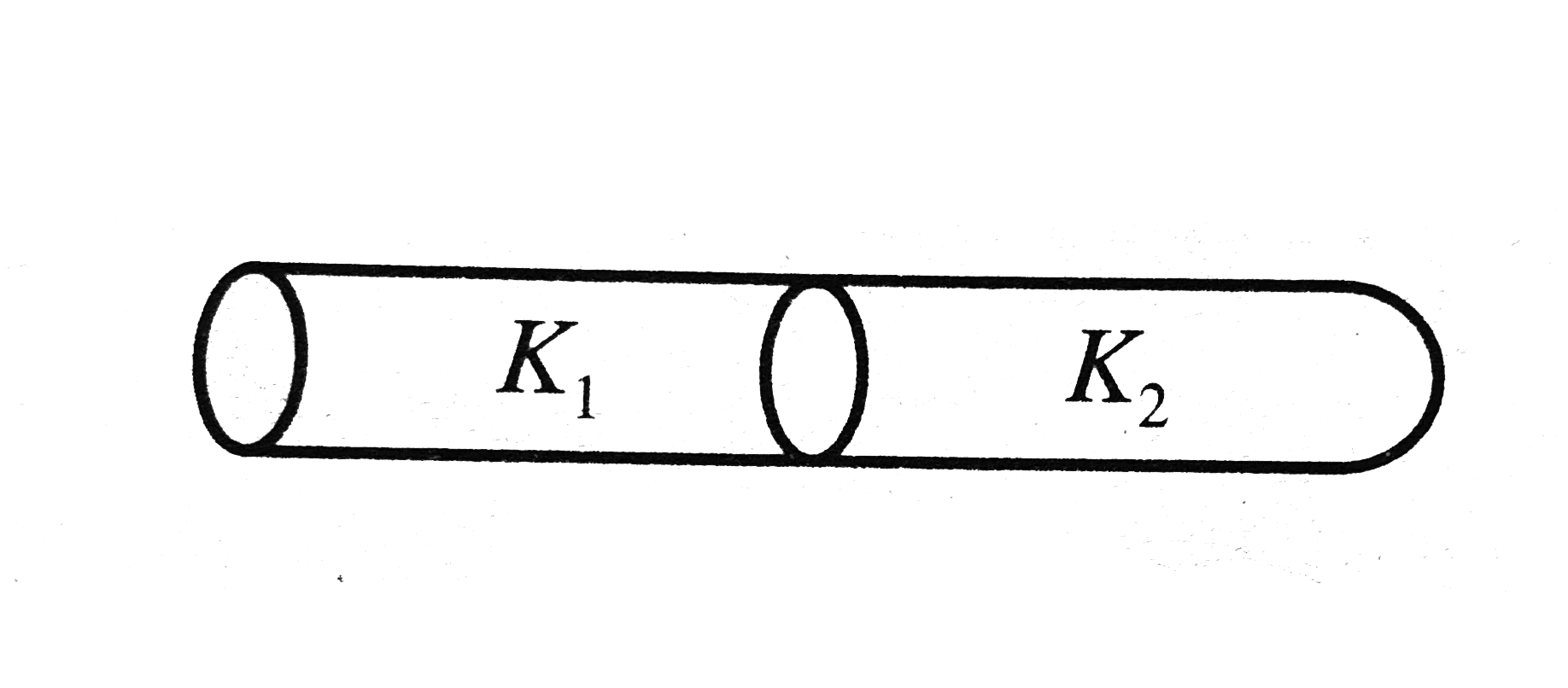Thermal conductivity of a solid has different values along different directions. What kind of solid is this ? Also comment on its melting point .
To solve the question regarding the thermal conductivity of a solid having different values along different directions, we can follow these steps:
1. Understanding Thermal Conductivity:
- Thermal conductivity refers to the ability of a material to conduct heat. In solids, this property can vary depending on the direction of heat flow.
2. Identifying Anisotropic Materials:
- If a solid exhibits different thermal conductivity values along different directions, it is classified as anisotropic. Anisotropic materials have properties that vary based on the direction of measurement.
3. Relating to Crystalline Solids:
- Crystalline solids are known to be anisotropic due to their ordered internal structure. The arrangement of atoms or molecules in a crystalline solid can lead to variations in physical properties, including thermal conductivity.
4. Conclusion on the Type of Solid:
- Since the question specifies that the thermal conductivity varies with direction, we conclude that the solid in question is a crystalline solid.
5. Commenting on Melting Point:
- Crystalline solids typically have sharp and well-defined melting points. This is because the orderly arrangement of particles requires a specific amount of energy to break the bonds holding them together, leading to a distinct melting point.
Final Answer:
The solid is a crystalline solid, and it generally has a high and sharp melting point.
---
- Thermal conductivity refers to the ability of a material to conduct heat. In solids, this property can vary depending on the direction of heat flow.
- If a solid exhibits different thermal conductivity values along different directions, it is classified as anisotropic. Anisotropic materials have properties that vary based on the direction of measurement.
- Crystalline solids are known to be anisotropic due to their ordered internal structure. The arrangement of atoms or molecules in a crystalline solid can lead to variations in physical properties, including thermal conductivity.
- Since the question specifies that the thermal conductivity varies with direction, we conclude that the solid in question is a crystalline solid.
- Crystalline solids typically have sharp and well-defined melting points. This is because the orderly arrangement of particles requires a specific amount of energy to break the bonds holding them together, leading to a distinct melting point.
The solid is a crystalline solid, and it generally has a high and sharp melting point.
Topper's Solved these Questions
- THE SOLID STATE BOOK - AAKASH INSTITUTE ENGLISHCHAPTER - THE SOLID STATE EXERCISE - ASSIGNMENT SECTION-A (OBJECTIVE)
50 Videos
- THE SOLID STATE BOOK - AAKASH INSTITUTE ENGLISHCHAPTER - THE SOLID STATE EXERCISE - ASSIGNMENT SECTION-B (OBJECTIVE)
27 Videos
- THE SOLID STATE BOOK - AAKASH INSTITUTE ENGLISHCHAPTER - THE SOLID STATE EXERCISE - Assignment (SECTION - D) (ASSERTION-REASON TYPE QUESTION)
20 Videos
- THE S-BLOCK ELEMENTSBOOK - AAKASH INSTITUTE ENGLISHCHAPTER - THE S-BLOCK ELEMENTSEXERCISE - Assignment (Section-J)
10 Videos
- THERMODYNAMICSBOOK - AAKASH INSTITUTE ENGLISHCHAPTER - THERMODYNAMICSEXERCISE - ASSIGNMENT (Section -D) Assertion-Reason Type Questions
15 Videos
Similar Questions
Refactive index of a solid is observed to have the same value along all the directions. Comment on the nature of the solid. Would it show cleavage property ?
View SolutionThe refractive index of a solid is observed to have the same value along all direction. Comment on the nature of this solid. Would it show cleavage property?
View Solution
Knowledge Check
Assertion: In crystalline solids, the value of resistance is different in different directions.
Reason: Crystalline solids are isotropic in nature.AIf both assertion and reason are true and reason is the correct explanation of assertion.BIf both assertion and reason are true, but reason is not the correct explanation of assertion.CIf assertion is true, but reason is false.DIf both assertion and reason are false
The refractive index of a solid is observed to have the same value along all direction. Comment on the nature of this solid. Would it show cleavage property?
View SolutionSolid which do not show the same physical properties in different directions are called:
View SolutionWhich of the following solid has maximum melting points?
View SolutionWhich of the following solid has maximum melting points?
View SolutionWhich of the following solid has maximum melting points?
View Solution
Statement I: Two solid cylindrical rods of identical size and different thermal conductivity K1 and K2 are connected in series. Then the equivalent thermal conductivity of two rods system is less than that value of thermal conductivity of either rod.
Statement II: For two cylindrical rods of identical size and different thermal conductivity K1 and K2 connected in series, the equivalent thermal conductivity K is given by 2K=1K1+1K2
View Solution
Statement I: Two solid cylindrical rods of identical size and different thermal conductivity K1 and K2 are connected in series. Then the equivalent thermal conductivity of two rods system is less than that value of thermal conductivity of either rod.
Statement II: For two cylindrical rods of identical size and different thermal conductivity K1 and K2 connected in series, the equivalent thermal conductivity K is given by 2K=1K1+1K2
View Solution
